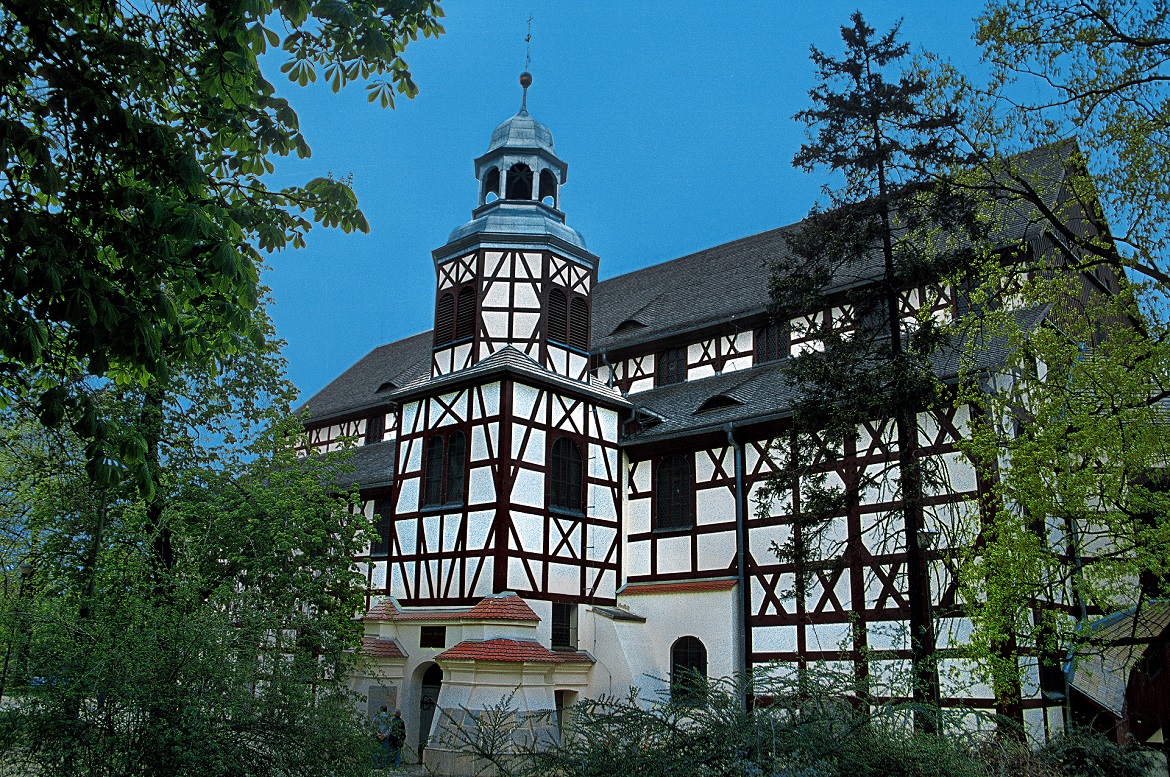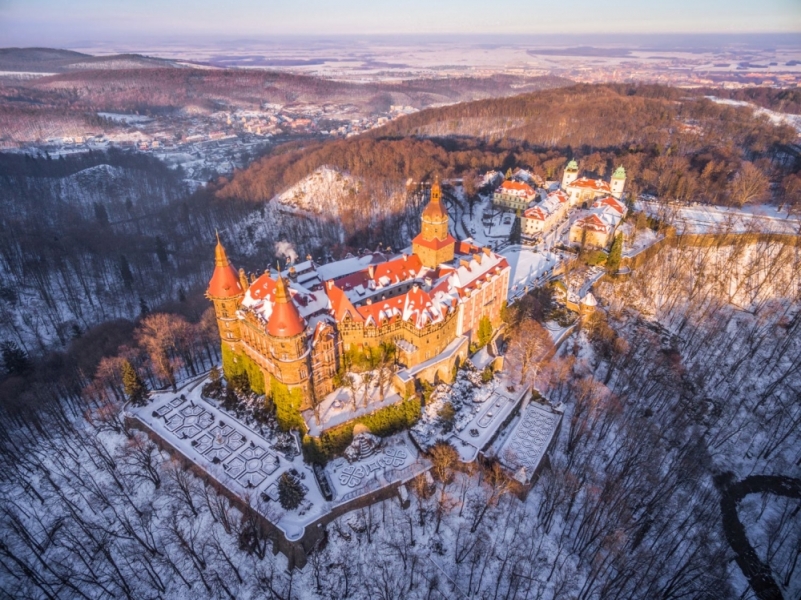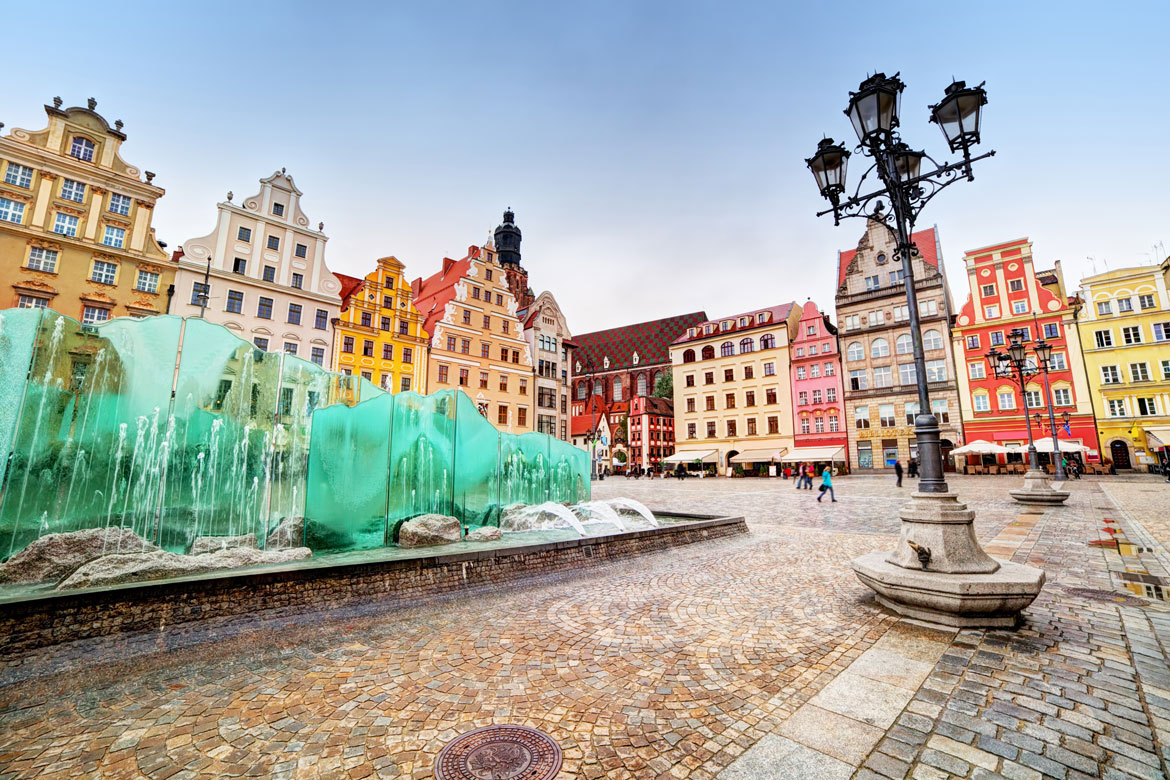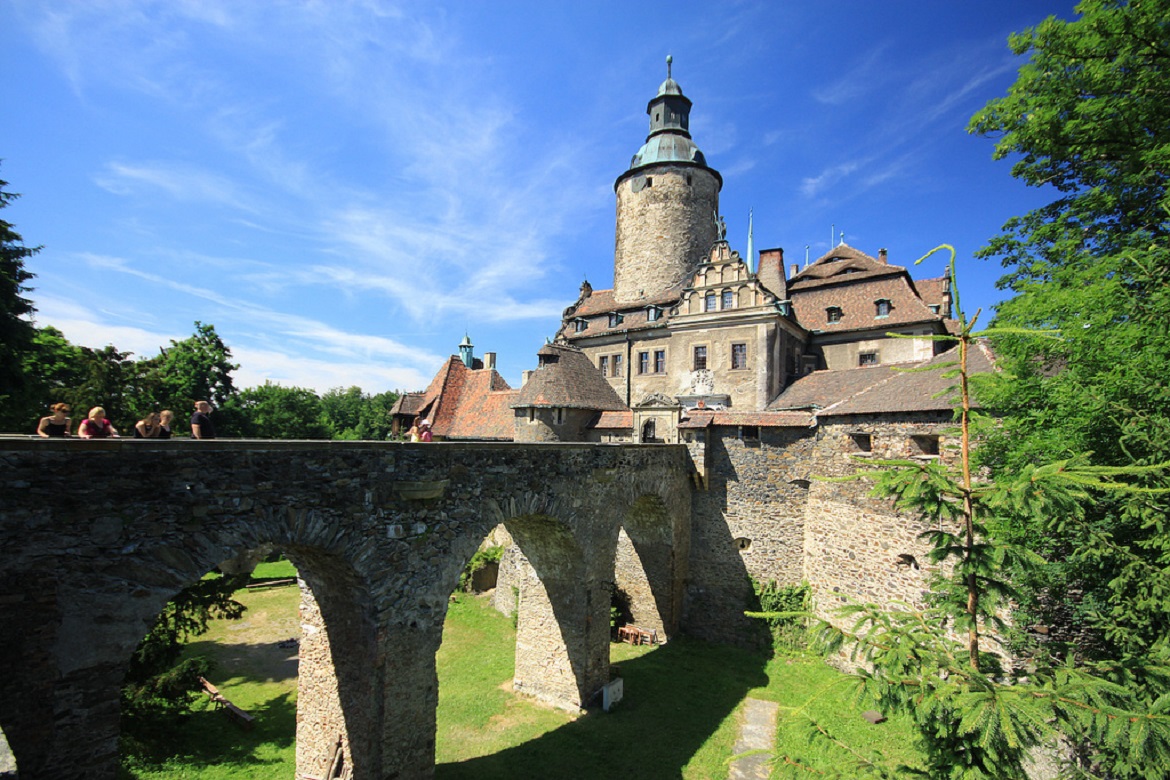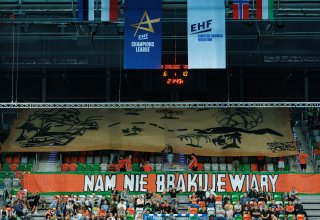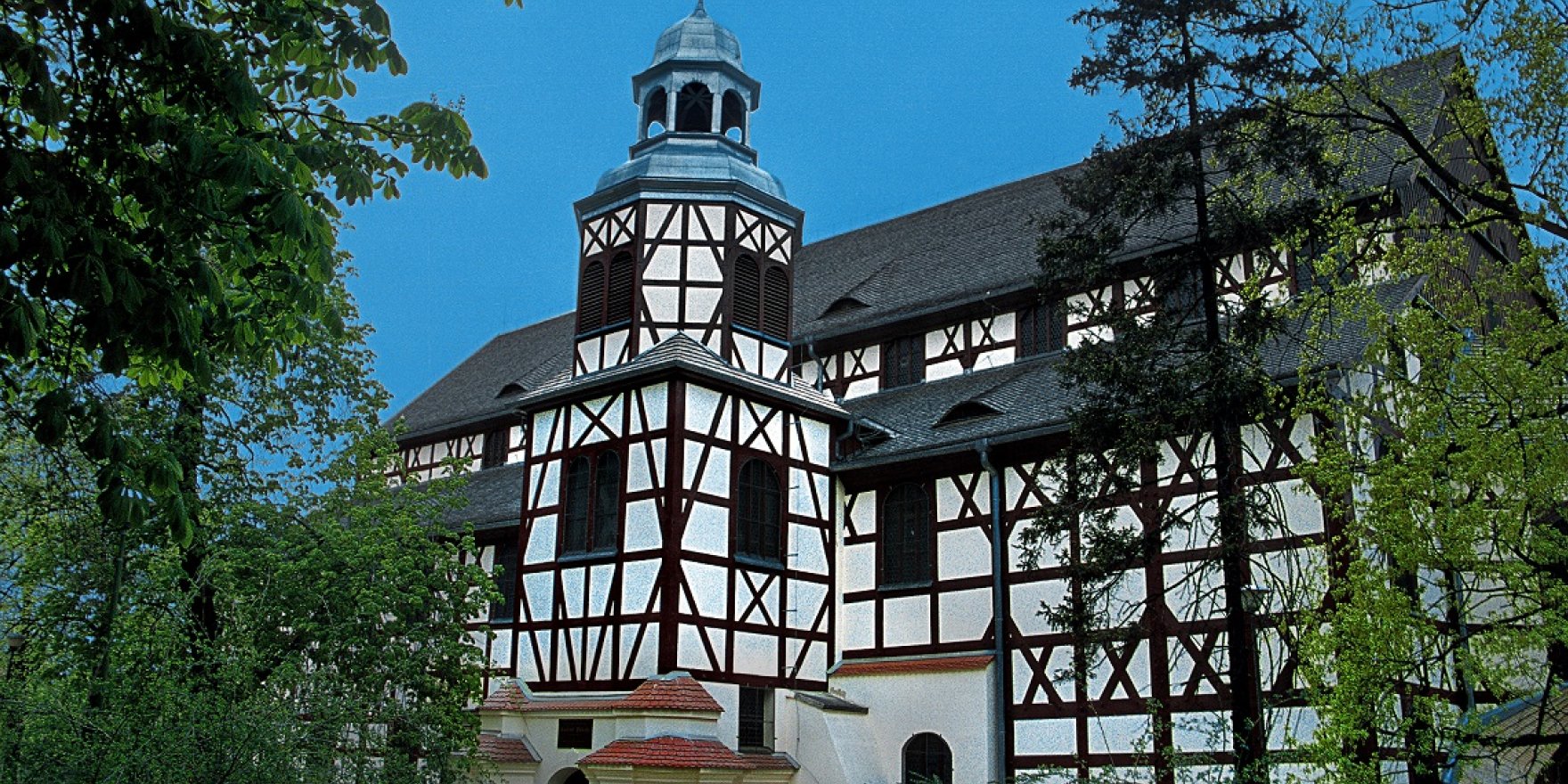 23
lis
23
lis
Poland.Travel: Lower Silesia - Touch the Mystery
Home to a variety of architectural marvels (including Książ, Poland third largest castle) Lower Silesia also boasts mountains, two national parks (Karkonosze and Sowie Mountains), many mountain resorts and the greatest number of health spas in Poland. Dig a little deeper and you’ll also find two UNESCO-listed sites (the Churches of Peace in Jawor and Świdnica, and the Centennial Hall in Wrocław), as well as the bustling regional capital, Wrocław.
Kobiety
Set off to Lower Silesia, a land of fortresses and haunted castles, caves and extinct volcanoes, and mines filled with gold, silver and uranium. This is also a fantastic location for foodies, with over fifty spots along the Flavour of Lower Silesia route.
This is a destination rich with history. Contrary to popular belief, Mount Śnieżka is not actually an extinct volcano and its climate is similar to that found beyond the polar circle. Jaskinia Niedźwiedzia – the Bear Cave – owes its name to the bone remains of a cave bear that became extinct 28,000 years ago.
It is said that Czocha Castle may have been home to an Abwehr cryptographer school during World War II, or even a research centre for working missiles and uranium fuel. Złoty Stok, famous for its gold mine, was a global supplier of arsenic for 10 years.
Czocha Castle lies on the European Route of Castles and Palaces. At the Cipher Fortress made known by journalist and TV personality Bogusław Wołoszański, the most popular attractions are the multimedia torture chamber and the cabinet of curiosities, which houses a gallery of objects from all over the world, some of which are more than 3,000 years old. Regular events include a fascinating Journey to the Middle Ages, the Film Pyrotechnic Festival and the Historical Cuisine Festival.
Four routes lead to the iconic Mount Śnieżka, which towers over the town of Karpacz, or you can take a cable car and a chairlift to nearby Mount Kopa. As a border mountain, Mount Śnieżka is known as Schneekoppe in German and Sněžka in Czech.
Follow the blue-marked trail in Karpacz and you’ll find the delightful Lutheran Vang Stave Church, built at the turn of the 12th and 13th centuries in the Norwegian town of Vang in Norway and re-erected in Poland two centuries later. This is thought to be the oldest wooden church in Poland, while the UNESCO-listed Churches of Peace in Świdnica and Jawor are the largest wooden religious buildings in Europe.
Perła Zachodu (Pearl of the West), a former mountain hostel overlooking Lake Modre, offers luxury leisure; cycling fans can get there easily by bike from nearby Jelenia Góra.
Yellow, purple, blue, green: four Colourful Lakelets are found at different heights at the foot of Mount Wielka Kopa in Rudawy Janowickie, where great Himalayan mountaineer Wanda Rutkiewicz first practised climbing. Formed where German mines once operated, they owe their vibrant colours to the chemical substrate.
The fortress in Srebrna Góra, the largest structure of its kind in Europe and the region’s largest military attraction, offers a number of regular events, including Fortress Day which culminates in a re-enactment of the 1807 battle when Napoleon’s troops failed to capture the stronghold. However, the French did bring about the capitulation of the Kłodzko Fortress, another of the region’s highlights.
People often think of a fort or castle when they see the elaborate natural shapes of the Errant Rocks in the Stołowe Mountains. Legend has it that they were created by Liczyrzepa the mountain spirit. Scenes from a number of famous films, including the adaptation of The Chronicles of Narnia, were shot here.
The last site of this “gold” ten is the Na Szczelińcu mountain hostel on the ridge of the Stołowe Mountains’ highest peak. There is no access road, so forget about reaching it by car, you’ll have to take the 665 steps that lead to the top! Sunrises and sunsets with a thick blanket of clouds rolling beneath give you a truly spectacular sight.

